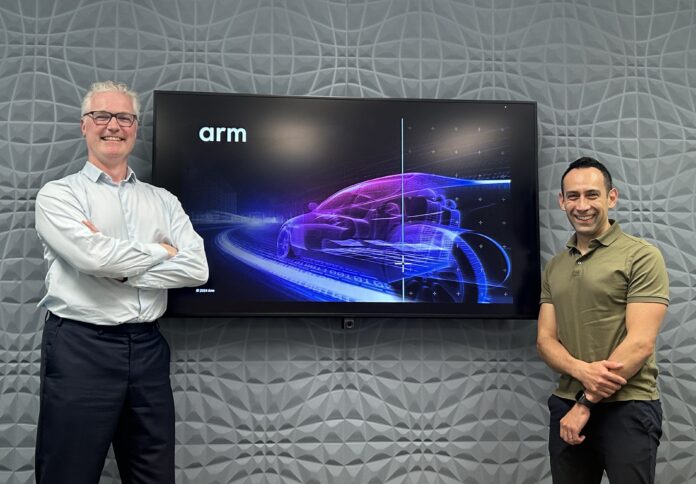
A LIMERICK project is hoping to increase road safety across the country and bring about a reduction in the number of deaths on Irish roads.
Lero, the Science Foundation Ireland Research Centre for Software, based at the University of Limerick (UL), has received over half a million euros in funding to team up with Arm, a global semiconductor and software leader on the road safety project.
The Lero and Arm collaboration has been given €566,000 to explore new technologies that will enable cars to see and react to their environment faster, aiming for a reduction in road deaths.
The project is being led by Professor Patrick Denny of Lero, who is associate professor in Artificial Intelligence, Machine Learning, and Imaging at UL.
The ambitious project is designed to help reduce road accidents by modelling advanced imaging systems for vehicles that are more responsive than existing technology.
Professor Denny explained that “as car camera systems become increasingly sophisticated and AI is deployed across the vehicle, this research aims to explore the potential of smarter, more responsive imaging systems optimised for computers rather than humans”.
“The collaboration between Lero and Arm could revolutionise the way vehicles perceive their environments by optimising cameras and sensing systems for AI processing, enabling cars to sense and react faster to their environment,” he said.
Vice president of Arm, Andy Rose said that “the automotive market is going through an unprecedented transformation and as part of this, we’re seeing an explosion in the demand for AI across the vehicle”.
“Bringing together Arm’s technical expertise and market knowledge with Lero’s internationally recognised software and computer imaging research capabilities, this project has the potential to drive exciting new developments for next-generation automotive vision systems,” he concluded.


